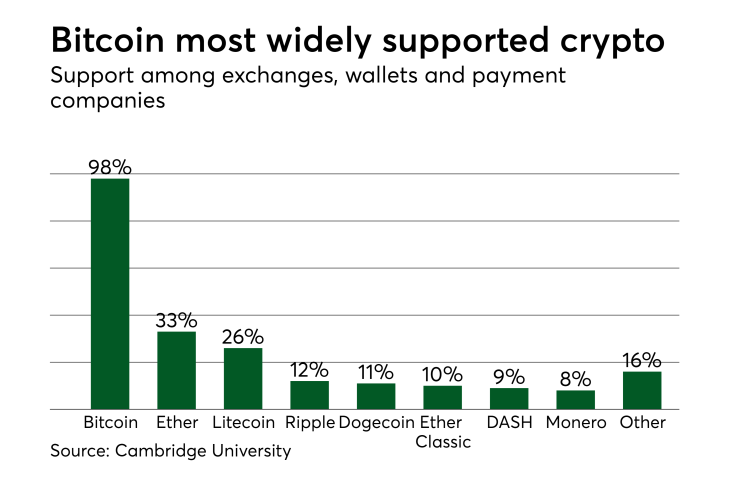Stablecoins, which back many cryptocurrencies and crypto payment projects, are based on the core tenet of trust between the user and issuer. There must be a level of trust that the peg of the coin exists as intended, that the coin is indeed stable and worth the value advertised.
Part of the attraction for investing in cryptocurrencies has been its unwieldy volatility, but this behavior has also been a hindrance to wider adoption. Blockchain technology has evolved over the years and use cases beyond speculative investing have emerged. One of these solutions is stablecoins, which can help investors access other crypto-assets as a robust medium of exchange as well as provide more global access to financial services. Investors use stablecoins, such as one named Tether, to park assets when they do not want to move back into fiat to utilize what the crypto-ecosystem can offer.
Tether’s stability, and its name, comes from the fact that its value is supposed to be "tethered" to the U.S. dollar. Tether Ltd has said that for each digital coin issued, it has $1 in the bank. Many investors have questioned that claim. Tether’s legal counsel has recently admitted that the stablecoin is, in reality, only

If anything, this is the time for stablecoins to demonstrate worthiness, showing their stability and proof of funds to an audience whose attention has been piqued by the solution stablecoins provide.
Most stablecoins are backed by real-world assets such as fiat or commodities, some are collateralized by a basket of other cryptocurrencies, while others are controlled by an algorithm that increases or decreases supply designed to keep their prices stable. Each of these options offers diverse potential outcomes for investors, while proving their stability through a more appropriate preservation of value. The reputational damage of the Tether allegations will not be resolved swiftly, but in a space that is continuously evolving and maturing, we can be optimistic that other players with superior capabilities will rise.
So, which stablecoin solution might work best? Standalone stablecoins are more susceptible to volatile pricing under current market conditions. This is largely due to design constraints of these stablecoins. Certain stablecoins are weakened by centralization, lack of scalability and low or no transparency.
Stability can be best achieved through an umbrella solution—an aggregated basket of multiple leading stablecoins, chosen under high standards and maintained through a functional pricing mechanism. While this solution is evidently promising, the ideal stablecoin market consists of variety. The requirement for many stablecoins to promote a whole ecosystem is clear, much like how many different currencies exist to drive the world economy.
With the development of the blockchain and cryptocurrency ecosystem, there will inevitably be bumps in the road and moments of tension between viable projects and those benefiting from the attention around the space. To move toward mass adoption, institutional investment, enterprise support and collaboration with traditional industries requires us to learn from historical volatility and current market issues, and build more sophisticated decentralized financial instruments to rely upon.





